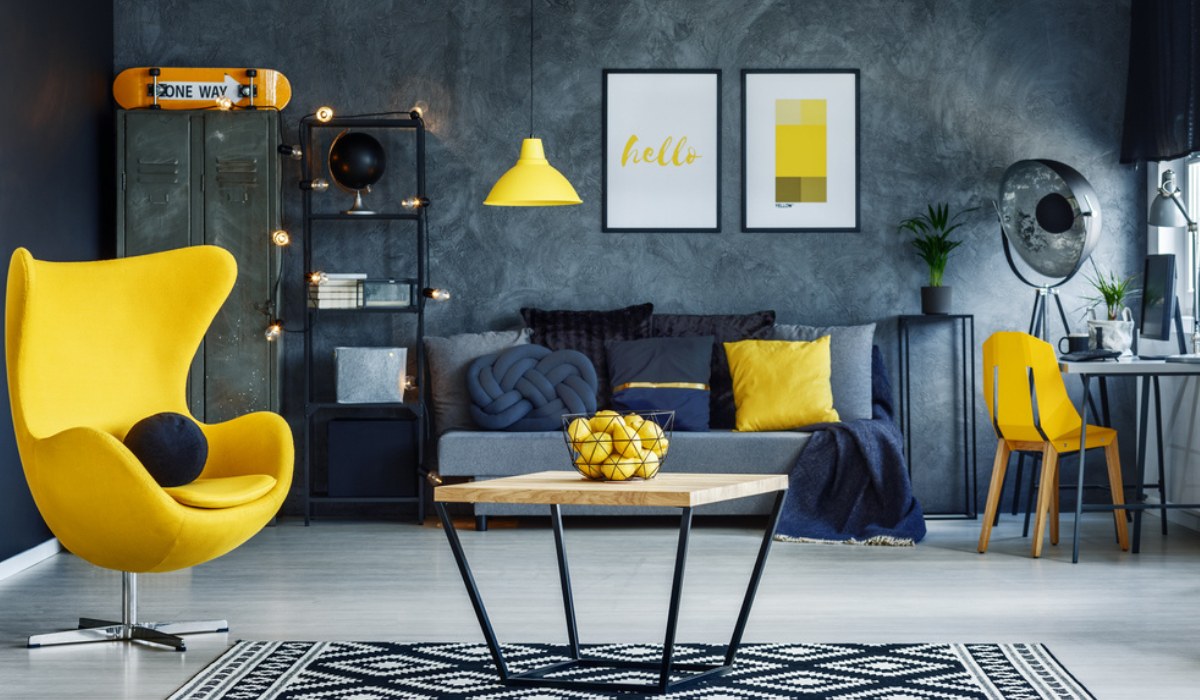
Furniture is a fundamental component of the human race since the beginning of time providing both practical and decorative purposes for our everyday life. From the first furniture made of stone and wood and modern, contemporary styles we have nowadays, furniture has evolved alongside the human race, expressing the evolution of technology, art and the way of life. The change in furniture isn’t just about material and style, but regarding how our demands and tastes have evolved over time. In this piece we’ll look at the historical, style of furniture, the materials used, as well as future designs of furniture that will highlight its lasting value in our homes and community.
In the past, furniture was designed primarily for use in practical ways. Early civilizations had furniture items were usually made using locally-available materials like stone, wood or even iron. Early Egyptians as an example made use of simple wooden stool and chests. The Greeks and Romans created more intricate styles, such as furniture with reclining sofas and table tops. With the development of societies as did the demand for furniture increased, which led to advances in workmanship and the development of more refined styles. Through mid-century, the Middle Ages, furniture began to represent the status and wealth of the owners with elaborately-carved pieces that were adorned with precious material. The shift in style marked the start of furniture not just for its practicality but as a symbol of personal style and individuality.
The Renaissance period was a major moment in furniture design as craftsmen were able to marry the practical with the artistic. The Renaissance period saw the rise of intricate designs with extravagant carvings, glittered surfaces and luxurious furniture. The concept of perspective as a tool for painting also had an impact on furniture design, which led to aesthetic and proportional shapes. In that time, furniture became a art canvas using styles such as Baroque and Rococo with elaborate detailing and extravagant styles. These styles set the tone for the future furniture styles that tended to place a high value on aesthetics and functionality creating the basis for contemporary interior design.
When the Industrial Revolution took hold in the 18th and 19th century, furniture production underwent a massive transformation. Machines allowed to mass produce, which made furniture more affordable to everyone. This decentralization of furniture design resulted in the development of different designs like Victorian as well as Arts and Crafts, each featuring distinct traits. For instance, the Victorian fashion, for instance included dark, heavy wooden furniture and elaborate detailing as the Arts and Crafts movement emphasized simple and artisanship. It was a response to the modernization of industry. The period also witnessed the rise of some iconic furniture makers, including Charles Rennie Mackintosh and Frank Lloyd Wright and Frank Lloyd Wright, who both played a role in the development of aesthetics and design.

The 20th century saw furniture style underwent a major transformation with the advent of modernism. Modernism was an era of minimalistism as well as the notion that form must reflect the function. Designers such as Ludwig Mies van der Rohe and Le Corbusier advocated clear forms and straight lines, moving away from the elaborate styles of the previous. Utilizing new material, like plastic, steel, and molded wood, provided designers to come up with innovative designs that focused on convenience and comfort. Modern mid-century furniture is distinguished by elegant lines and organic forms were sought-after and reflected a shift in culture towards a relaxed living style and an emphasis on the personal experience of the person in their home. For more information please visit here https://www.goodniteoutlet.com.my/
Nowadays, the furniture business is constantly evolving and is influenced by modern fashions and ecological considerations. Sustainability has been a key aspect of furniture style, and there are a number of producers focusing on sustainable products and manufacturing methods. People are becoming more aware of the impact they have on the earth, leading to an increased demand for furniture that’s not just elegant but also ethically source. In addition, the development of technology has altered the way people interact with furniture as smart furniture and designs that are multi-functional increasing in popularity. In particular, furniture that incorporates charging stations, modular design, or features that are adjustable cater to modern-day lifestyles with a focus on adaptability and ease of use.
To conclude, furniture has undergone a amazing transformation through time and has reflected changes in society technology advancements and changing tastes. From its humble beginnings and its role as a symbol of beauty and individuality furniture is still playing an integral part in our daily lives. In the future, furniture is set to adopt the future of sustainability and technological advancement, making sure that furniture stays relevant in an ever-changing and evolving world. No matter what it is, whether it’s a simple seat or a grand dining table furniture is always the foundation of our homes that contributes to our ease of use, practicality and enjoyment. While we explore the relationship between the design and craftsmanship as well as environmental sustainability, the future for furniture is sure to be just equally exciting and vibrant like its previous.





